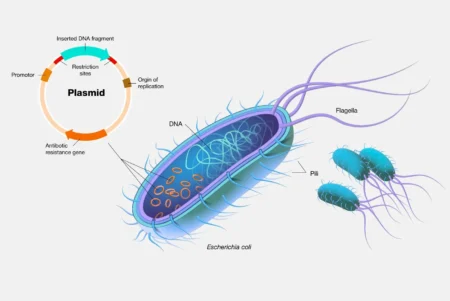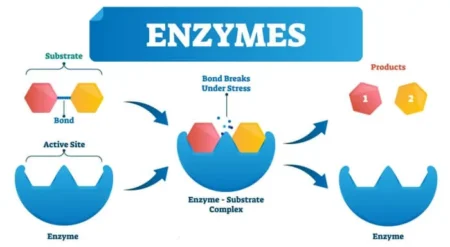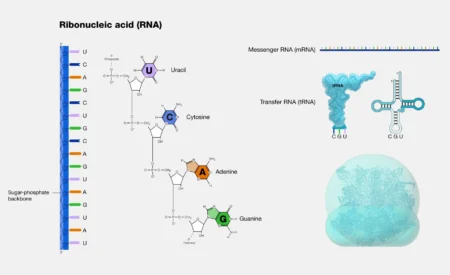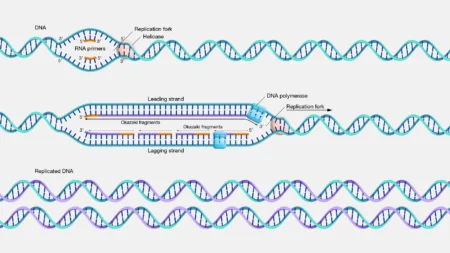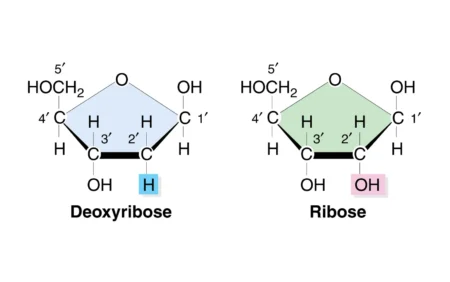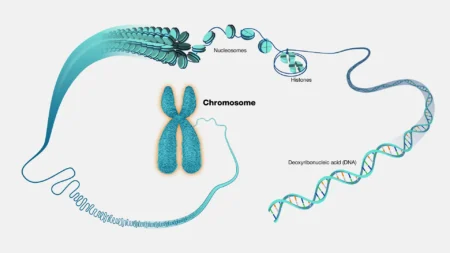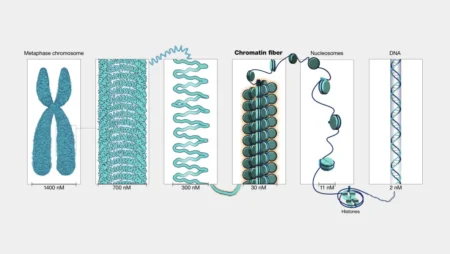Browsing: Anatomy
Anatomy is the branch of biology that focuses on the structure of living organisms. It involves the detailed study of the physical components that make up an organism, from the microscopic level of cells and tissues to the macroscopic level of organs and body systems. Traditionally, anatomy is divided into two main areas: gross anatomy, which examines structures visible to the naked eye, such as muscles and bones; and microscopic anatomy (or histology), which explores structures at the cellular level using a microscope. Understanding anatomy is essential for grasping how the body is built and how its parts are interconnected.
Beyond just identifying parts, anatomy provides insight into how those structures relate functionally within the organism. For example, knowing the position and shape of the heart and lungs is crucial for understanding how the circulatory and respiratory systems collaborate. Anatomy forms the foundation for many applied sciences, including medicine, veterinary science, and physiotherapy. By mapping the intricate layout of the body, anatomists help bridge the gap between structure and function, laying the groundwork for diagnosing illness, planning surgery, and developing therapies that promote health and healing.


